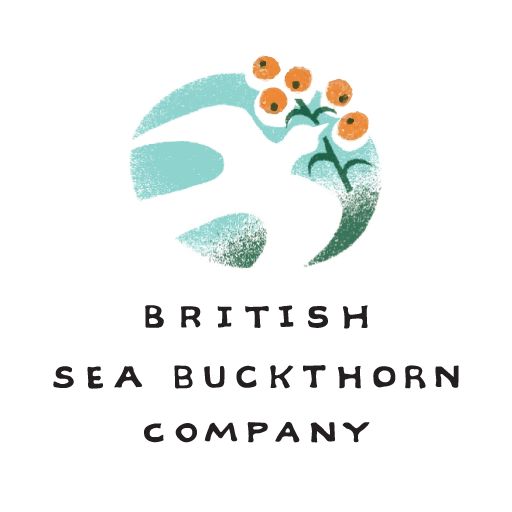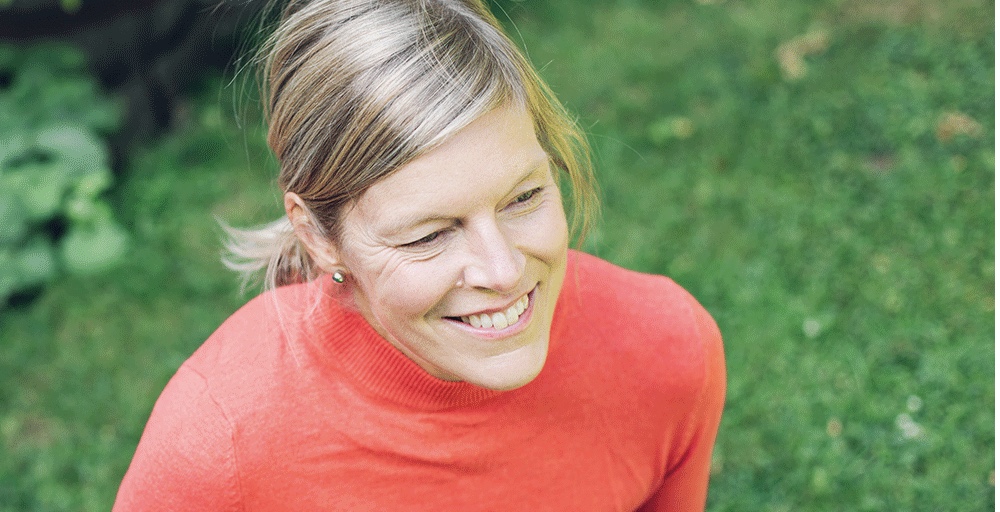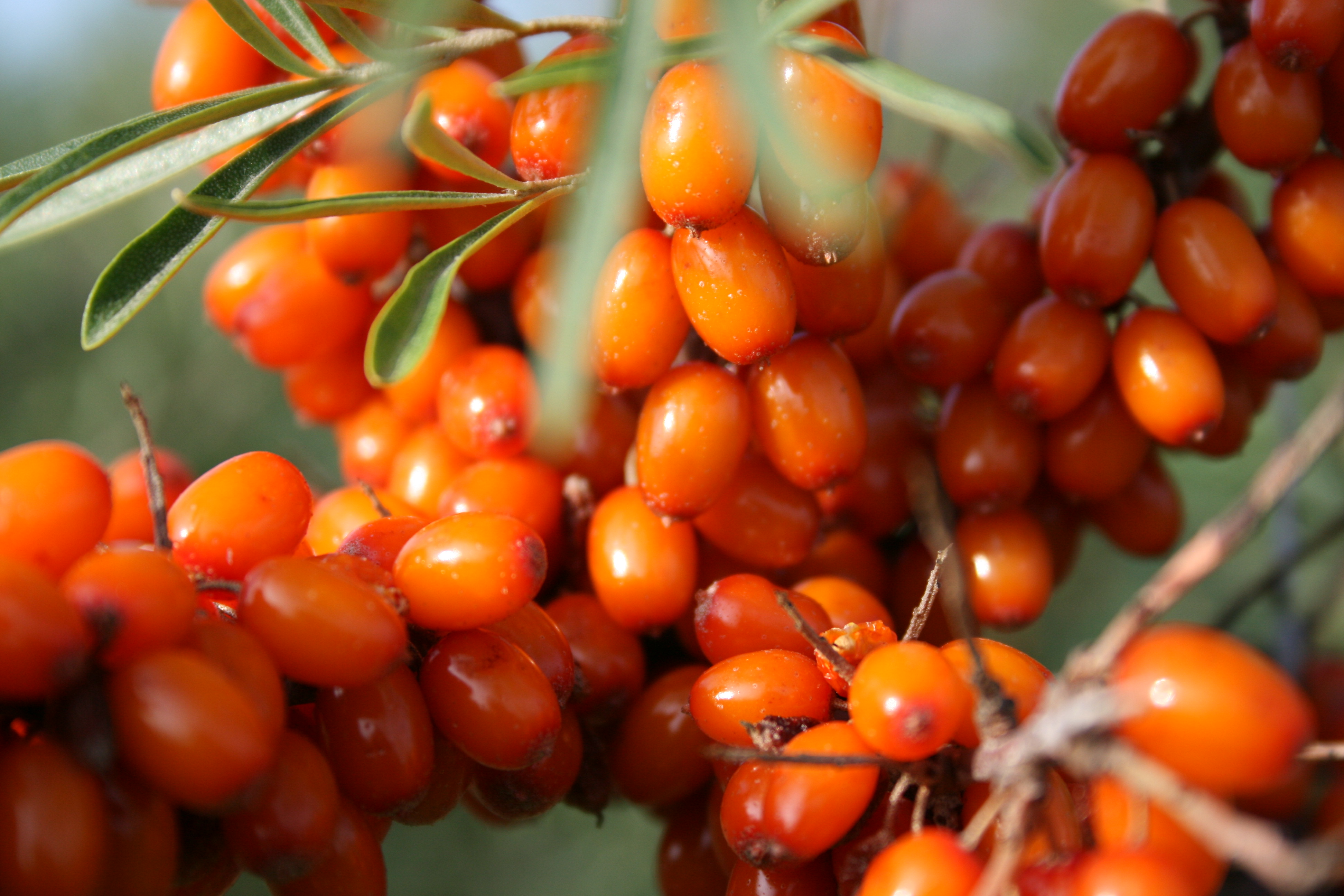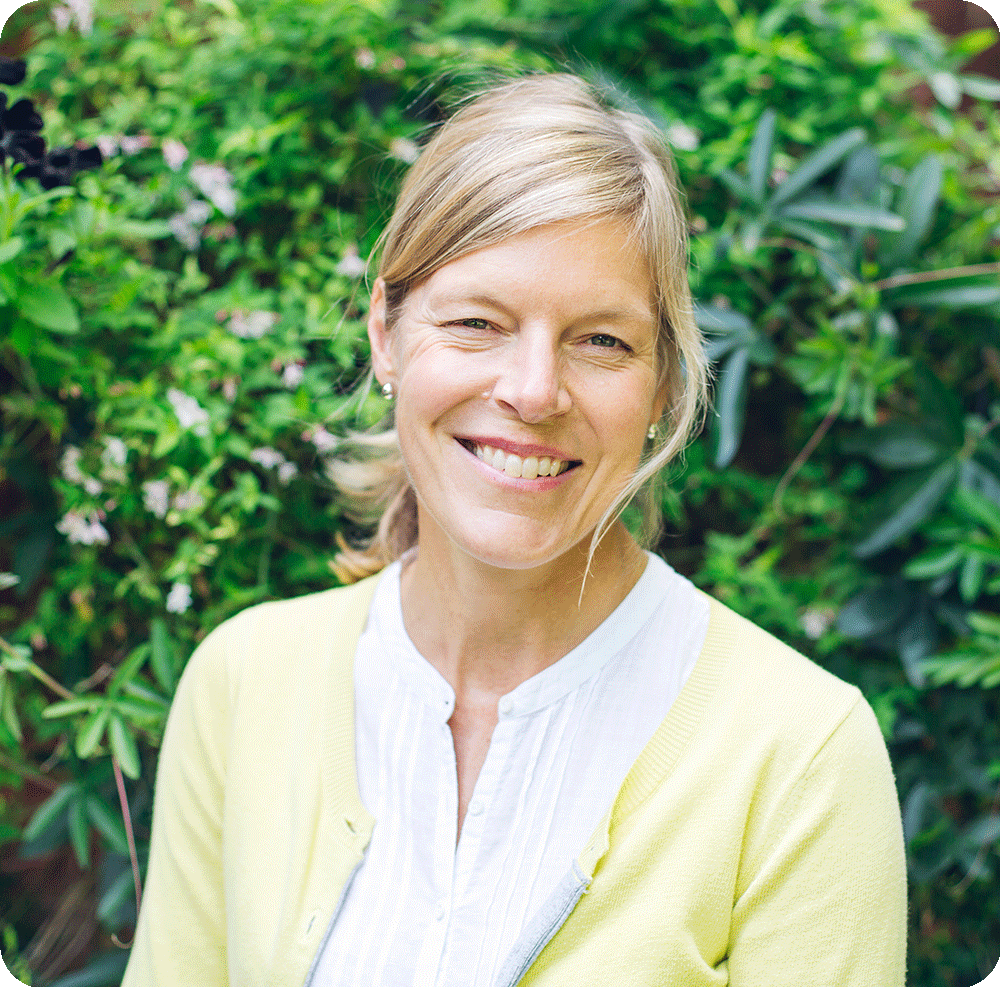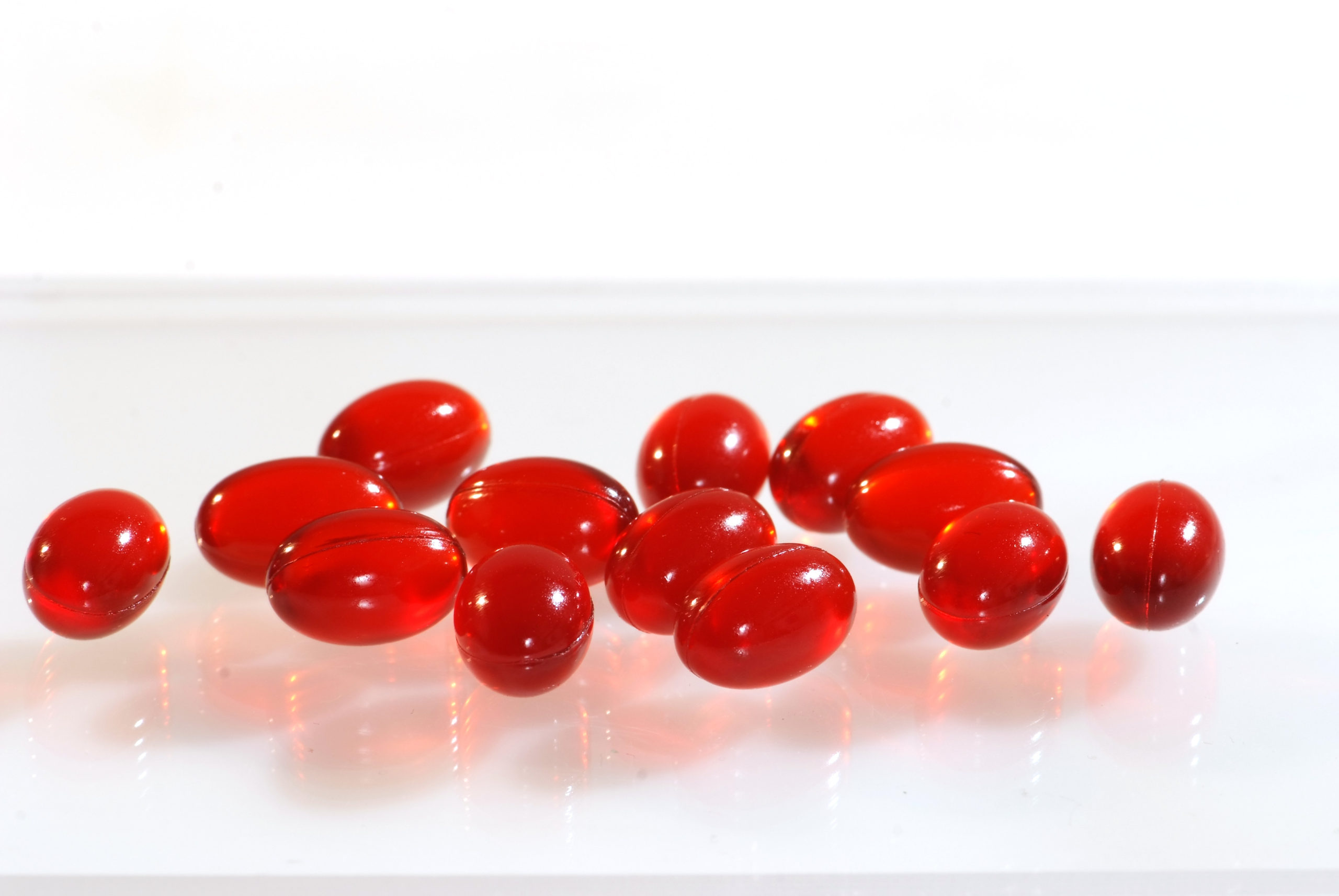It hardly seems possible that this time last year we were planning out another year. A natural cycle of winter pruning, hoping for a successful pollination in March leading through to a new harvest in July.
A year on, and we are still thinking about that natural cycle, but life has changed. The natural cycle remains, but every customer now is a personal customer. We sell a very specialised fruit and every personal order values sea buckthorn so we need to nurture and ensure that quality is king.
The original concept of growing sea buckthorn was underpinned by its nutritional value. The historical context of it being valued as a traditional remedy for centuries added to its credibility. This tradition inspired plant breeders across the world to tame wild varieties. Wild or tame, the berries have the potential to be so much more than being a “little orange berry”.
As a grower we are committed to a natural cycle that provides a little more knowledge with every year that passes. We started with German and Finnish varieties back in 2009. These plants are now mature. The Finnish plants have been a challenge, but it was rewarding in 2020 when we could pick the variety Terhi for the first time. Like our Siberian plants, the Finnish ones did not enjoy our mild, wet weather. But success is sweet when it happens.
In 2012, with the help of the InCrops team at the University of East Anglia we imported our first Siberian plants. This was very exciting as these promised so much. Thornless, high yielding, better tasting, easier harvesting – the panacea of sea buckthorn growing.
In ten years we have seen only one crop of Siberian berries. Reality mellows initial enthusiasm, but not the determination to grow Siberian sea buckthorn. The consideration that moving plants across continents required them to adapt to a new climate and soil had not been factored into the original plan. 10 years on our learning curve has been steep and frustrating. Now in 2021 we are planting a new Siberian orchard with a new planting design to solve the barriers that have prevented Siberian success.
As we move forward in the orchard, we have been so fortunate to team up with Dr Lucy Williamson -who as a nutritionist is deciphering what sea buckthorn is.
Our fascination for sea buckthorn was driven by its nutritional potential. The 190 phytochemicals found in the berry drive the potential benefits, recognised over the centuries. We analyse our berries and the laboratory gives sheets of facts. Understanding what they mean is key to knowing what we are doing, why and how we can change our methods to improve berry quality.
Lucy’s speciality is gut health. This is not an area normally associated with sea buckthorn. We tend to think of health as a reaction to a disease or ailment. We should think more proactively of maintaining good health and this comes back to the ancient concept that food is health.
For food to be the driver of health it has to have the right qualities. Understanding what those are and why they are important is essential so as growers we focus on improving berry quality. Lucy is our key to developing the understanding of why sea buckthorn has the potential we believe it has. The gut is the place where our food is transformed into the vital nutritional building blocks the body needs. Understanding how it works is a new and complex science and with Lucy being specialist in this field will guide our focus as to how we grow to produce berry quality that relates to health.
